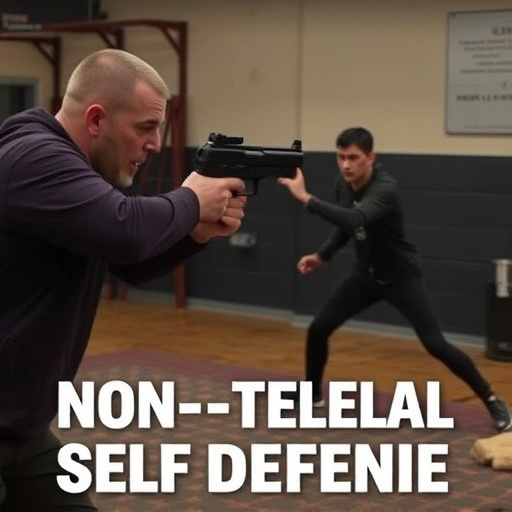Silent stun guns, popular for discreet self-defense, face a complex web of legal regulations in the US, varying significantly from state to state. While some states have liberalized laws allowing minimal restrictions on ownership, others maintain strict rules based on power output, design, and intended use. Understanding this blend of federal and state regulations is crucial for ensuring compliance and enhancing personal security when considering silent stun guns for self-defense.
“Uncover the legal landscape surrounding stun guns in the US, with a detailed state-by-state analysis. This comprehensive guide explores the intricacies of stun device regulations, shedding light on both federal laws and individual state restrictions. From understanding stun guns’ legal perspective to deciphering silent stun guns’ role in discreet self-defense, we demystify these powerful tools. Learn about common misconceptions and frequently asked questions, ensuring you’re informed before making a decision. Navigate the rules and find your state’s unique requirements for carrying stun devices.”
- Understanding Stun Guns: A Legal Perspective
- Federal Laws and Regulations on Stun Devices
- State-by-State Analysis of Stun Gun Restrictions
- Discreet Self-Defense: The Role of Silent Stun Guns
- Common Misconceptions and Frequently Asked Questions
Understanding Stun Guns: A Legal Perspective
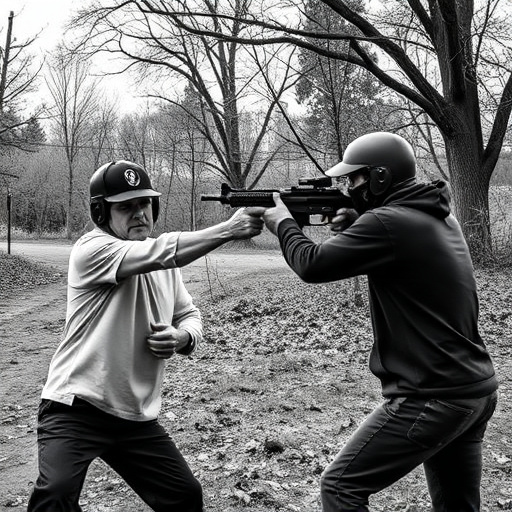
Stun guns, often referred to as electronic control devices (ECDs), are non-lethal weapons designed for self-defense. They use an electric current to temporarily incapacitate a target, providing users with a crucial tool for personal safety in potentially dangerous situations. In the United States, the legal status and restrictions surrounding stun guns vary significantly from state to state, making it essential for individuals considering their purchase to understand these nuances.
From a legal perspective, silent stun guns for discreet self-defense offer both advantages and challenges. While many states have relaxed regulations, allowing private citizens to own stun guns with minimal restrictions, others maintain stringent rules. Key factors influencing these restrictions include the device’s power output, appearance (e.g., whether it resembles a firearm), and intended use. Understanding these legal perspectives is crucial for ensuring compliance and peace of mind when carrying a stun gun for personal protection.
Federal Laws and Regulations on Stun Devices
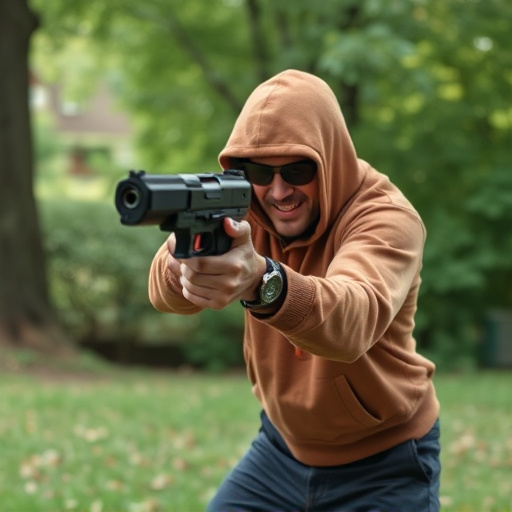
The legal landscape surrounding stun devices, including silent stun guns designed for discreet self-defense, is primarily governed by a blend of federal and state regulations. At the federal level, the Consumer Product Safety Commission (CPSC) sets safety standards for electrical weapons, ensuring they don’t pose undue risks to users or bystanders. However, the CPSC doesn’t explicitly ban stun devices but rather focuses on product safety. This leaves room for variation in how these tools are regulated at the state level.
Each state has its own set of rules and restrictions regarding the possession, use, and sale of stun guns. Some states have comprehensive laws that strictly regulate or even prohibit their use, while others take a more lenient approach. For instance, certain states allow stun devices for personal protection but require permits or registration, while some states explicitly exempt them from regulations due to their low-power nature, making them ideal for discreet self-defense scenarios. Understanding these federal and state laws is crucial when considering the legal implications of carrying a silent stun gun.
State-by-State Analysis of Stun Gun Restrictions
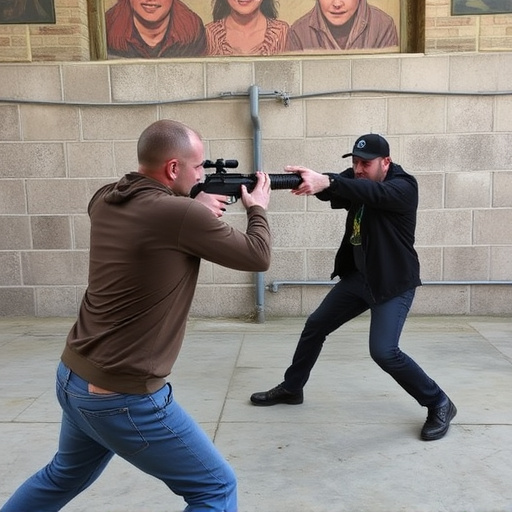
In the United States, the legal landscape surrounding stun guns varies significantly from state to state, creating a patchwork of regulations that can leave individuals unsure about their rights and options for discreet self-defense with silent stun guns. Some states have relatively relaxed rules, allowing open carry or requiring only minimal licensing for stun gun ownership. These states often view stun guns as non-lethal force tools for personal safety. Conversely, several states have stringent restrictions or even outright bans on stun guns, categorizing them as weapons of the same caliber as firearms.
For instance, some states require permits or licenses to own a stun gun, while others mandate specific waiting periods before purchase. Certain jurisdictions restrict where and how stun guns can be carried, such as prohibiting their possession in schools, government buildings, or public gatherings. Additionally, many states have age restrictions, requiring users to be a minimum age for legal ownership and operation of silent stun guns for discreet self-defense. Understanding these state-by-state variations is crucial for citizens looking to exercise their right to self-defense while adhering to local laws.
Discreet Self-Defense: The Role of Silent Stun Guns
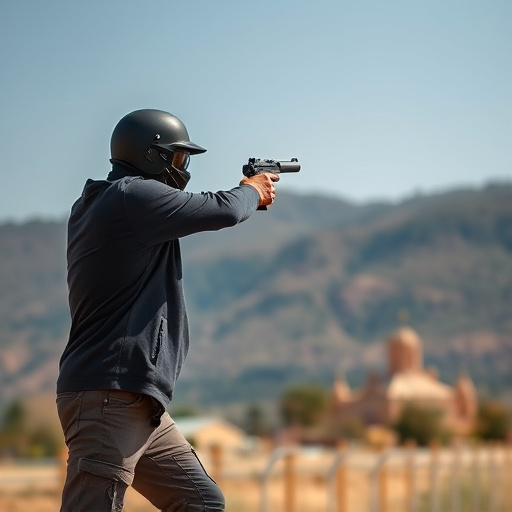
In the realm of personal safety, discreet self-defense options have gained significant traction, especially with the growing popularity of silent stun guns. These innovative devices offer individuals a non-lethal way to deter potential threats while maintaining a low profile. The primary advantage lies in their ability to provide immediate protection without drawing excessive attention, making them ideal for those seeking quiet confidence in various settings.
Silent stun guns are designed to emit a powerful electrical charge, temporarily incapacitating an aggressor, without producing the loud noises associated with traditional self-defense tools. This feature makes them appealing to professionals who operate in sensitive environments and individuals who prefer a more subtle approach to personal safety. With state laws varying regarding stun gun ownership and usage, these silent devices provide a legal and effective solution for those seeking discreet self-defense options.
Common Misconceptions and Frequently Asked Questions

Common Misconceptions and Frequently Asked Questions
One common misconception is that all stun guns are loud, making them impractical for discreet self-defense. However, silent stun guns have been developed to offer a quiet, unnoticeable means of protection—perfect for situations where surprise and secrecy are crucial. These devices deliver a powerful electric shock without the accompanying noise, ensuring users can de-escalate potentially dangerous scenarios with minimal attention.
Another frequent query revolves around legal restrictions. Stun gun laws vary significantly from state to state in the US. Some states have strict regulations, requiring permits or limiting who can possess them. Others are more relaxed, allowing open carry or having fewer restrictions for certain types of stun devices, particularly silent stun guns for discreet self-defense. It’s essential to research and understand these laws to ensure compliance and make informed decisions about personal safety.
In conclusion, navigating the legal landscape surrounding stun guns requires a deep understanding of both federal regulations and state-specific restrictions. As we’ve explored, the legality of stun devices varies widely across states, with some offering more freedom for responsible citizens to protect themselves discreetly using silent stun guns. By staying informed about these laws and prioritizing safety through proper training and responsible ownership, individuals can exercise their right to self-defense while adhering to local regulations. This comprehensive guide serves as a starting point, encouraging further research and due diligence for those seeking effective and legal means of personal protection.
